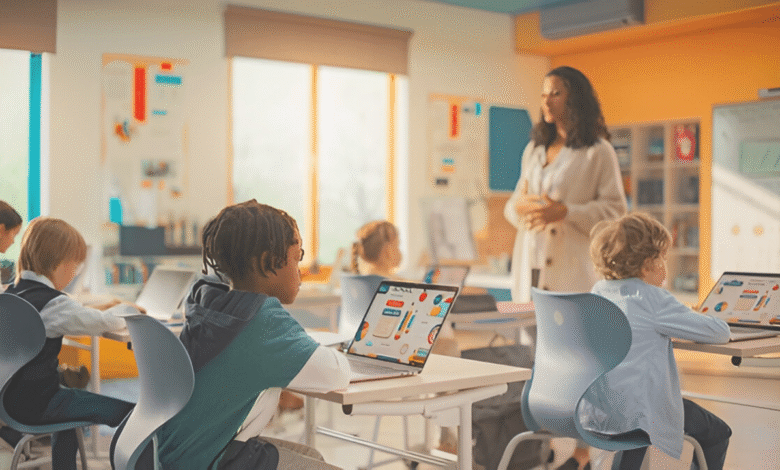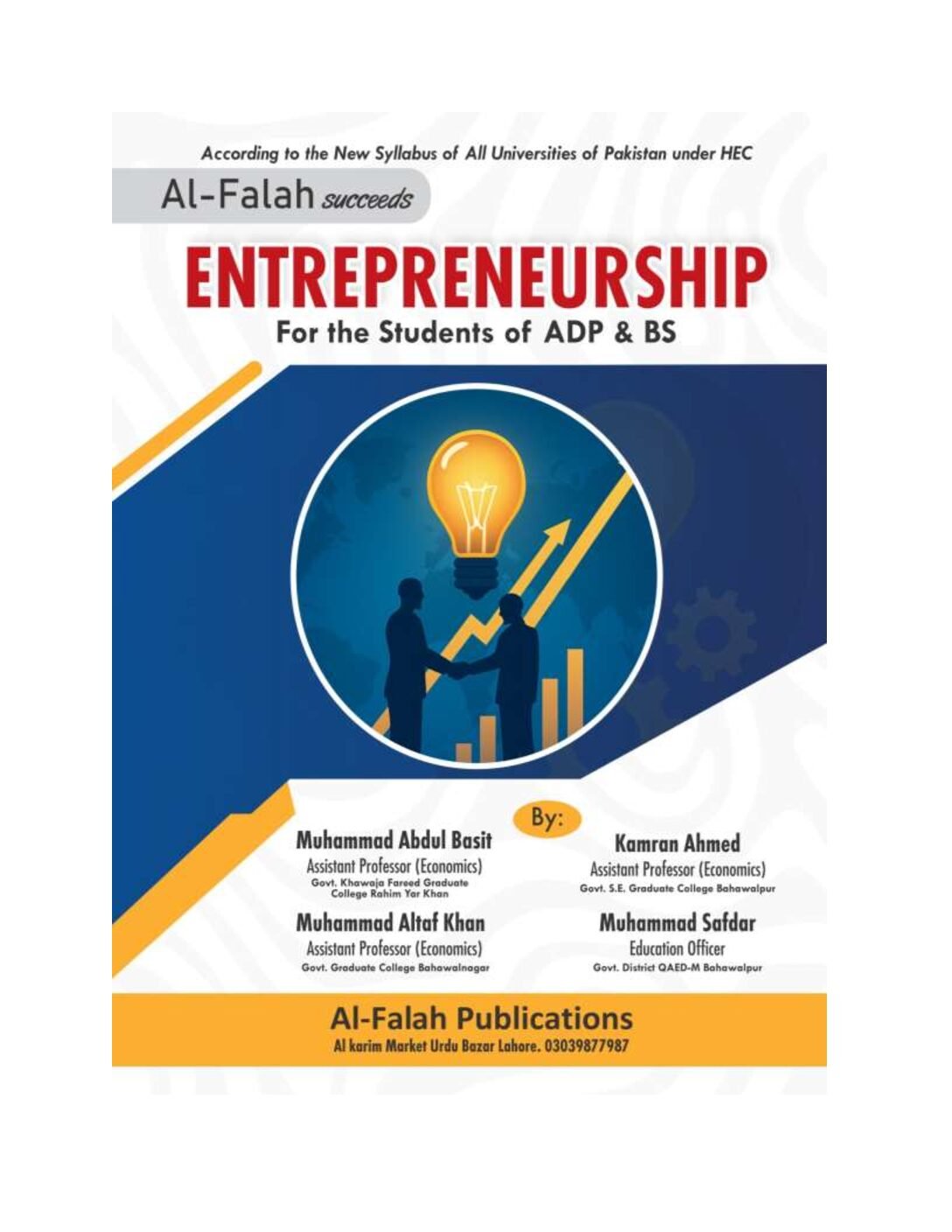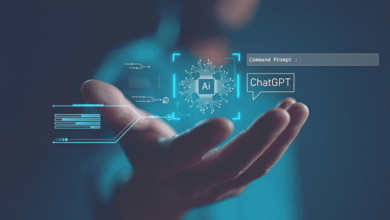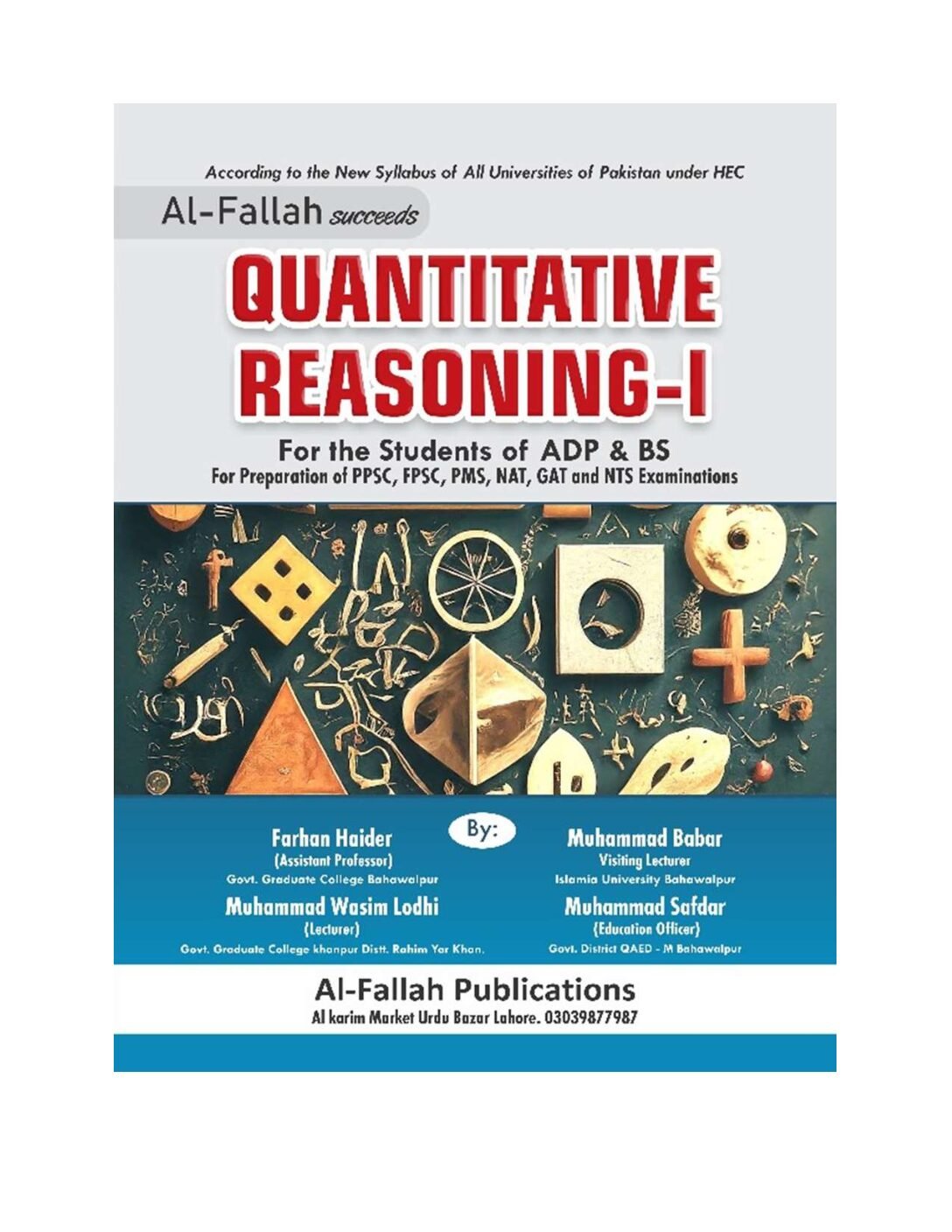Why Gamification Works: The Psychology Behind Engaged Learning
Gamification in learning boosts engagement through psychology. how game mechanics increase motivation and participation in educational settings.

Gamification has emerged as a revolutionary approach to enhancing engagement and motivation in learning environments. By integrating game-like elements such as points, badges, and leaderboards into educational and training programs, it transforms mundane tasks into exciting challenges. The reason gamification works so effectively lies in its ability to tap into fundamental psychological triggers competition, achievement, and instant feedback—making learning more interactive and rewarding.
At its core, gamification leverages the brain’s natural response to rewards and progression. When learners complete tasks or reach milestones, their brains release dopamine, a neurotransmitter associated with pleasure and motivation. This biological response reinforces positive behavior, encouraging continued participation. Whether in classrooms, corporate training, or fitness apps, gamification bridges the gap between passive learning and active engagement, creating experiences that are not only educational but also enjoyable.
Why Gamification Works
The Science of Gamification
Gamification works because it aligns with how our brains naturally process information and seek rewards. When we engage in gameplay, our brain releases dopamine, a neurotransmitter linked to pleasure and motivation. This chemical response reinforces positive behaviors, making us more likely to repeat actions that lead to rewards. Studies show that game-based learning increases retention rates by up to 90% compared to traditional methods. The reason? Games create an emotional connection, making learning feel less like a chore and more like an adventure. By incorporating elements like points, badges, leaderboards, and challenges, educators and trainers can stimulate the same neural pathways that make games addictive but in a productive way.
Key Psychological Principles Behind Gamification
Intrinsic vs. Extrinsic Motivation
Intrinsic motivation comes from within doing something because it’s inherently satisfying. Extrinsic motivation, on the other hand, involves external rewards like money or recognition. Gamification balances both by offering immediate feedback (extrinsic) while fostering a sense of achievement and mastery (intrinsic). For example, Duolingo uses streaks and XP points (extrinsic) but also encourages users to improve their skills (intrinsic). This dual approach keeps learners engaged long-term.
The Power of Instant Feedback
One reason games are so engaging is that they provide real-time feedback. Whether it’s leveling up or losing a life, players know exactly where they stand. In learning environments, instant feedback helps users correct mistakes quickly, reinforcing better habits. Platforms like Kahoot! use quizzes with live scoring, making learning competitive and fun. This immediate response loop keeps users invested in their progress.
Social Engagement and Competition
Humans are naturally social creatures, and gamification leverages this through leaderboards, team challenges, and peer comparisons. Friendly competition drives engagement, as seen in apps like Fitbit, where users compare step counts with friends. Social learning also taps into collaborative problem-solving, making group activities more dynamic. When learners feel part of a community, they’re more likely to stay committed.
Goal Setting and Progression
Motivates Through Achievable Milestones
Breaking learning into small, measurable goals prevents overwhelm and builds momentum. Clear objectives give learners a sense of direction and purpose.
Triggers the Goal-Gradient Effect
Learners work harder as they near a reward, just like runners sprint at the finish line. Visual progress bars amplify this psychological motivator.
Provides Clear Performance Metrics
Quantifiable targets (XP, levels, skill points) turn abstract progress into tangible achievements. Learners always know how close they are to mastery.
Balances Challenge and Skill
Well-designed progression matches difficulty to ability, keeping users in the “flow state” fully immersed without frustration.
Reinforces Growth Mindset
Tiered goals (bronze/silver/gold) allow learners to celebrate small wins while striving for bigger achievements. This builds confidence and persistence.
Storytelling and Emotional Connection
Creates Emotional Investment
Well-crafted narratives trigger Emotional responsivity that make learning content more memorable and meaningful. By framing lessons within relatable stories, learners form personal connections to the material.
Enhances Contextual Learning
Stories provide real-world scenarios that demonstrate practical applications of knowledge. This bridges the gap between abstract concepts and tangible outcomes in the learner’s mind.
Drives Progression Through Curiosity
Compelling story arcs with unfolding mysteries or challenges naturally motivate users to continue learning. Each completed module or level reveals more of the narrative, rewarding progress.
Facilitates Better Recall
Information presented within stories is 22 times more memorable than facts alone. The brain organizes and stores story-based content more effectively in long-term memory.
Builds Immersive Experiences
Interactive storytelling transforms passive learning into active participation. Learners become protagonists in their educational journey, increasing engagement and ownership.
Supports Complex Skill Development
Multi-layered narratives allow for gradual introduction of sophisticated concepts. Learners master fundamentals before advancing to more challenging story-driven scenarios.
Fosters Empathy and Perspective-Taking
Character-driven stories help learners understand different viewpoints. This is particularly valuable for soft skills training and social-emotional learning.
Encourages Repeated Engagement
Ongoing storylines with cliffhangers or unresolved plots motivate users to return. This sustains long-term participation in learning programs.
Aligns With Natural Learning Patterns
Humans are hardwired to process and retain information through storytelling. This ancient tradition remains one of our most effective communication tools.
Differentiates Learning Experiences
Unique narratives give gamified programs distinctive personalities. This helps organizations stand out in crowded educational markets.
Gamification in Different Fields
Making Learning Fun
Schools and e-learning platforms use gamification to increase student participation. Tools like Classcraft turn classrooms into RPGs, where good behavior earns rewards. Studies show gamified classrooms see higher attendance and test scores.
Boosting Employee Performance
Companies use gamification for onboarding, compliance training, and skill development. Salesforce’s Trailhead gamifies learning with badges and ranks, making professional development engaging.
Health and Fitness
Apps like Zombies, Run! turn exercise into a survival game, proving that gamified fitness leads to higher adherence rates than traditional workouts.
Marketing and Customer Loyalty
Brands use reward systems, quizzes, and interactive ads to boost engagement. Starbucks’ Star Rewards program turns coffee purchases into a points-based game, increasing customer retention.
Potential Pitfalls of Gamification
Over-Reliance on Extrinsic Rewards
Excessive focus on points/badges can undermine intrinsic motivation. Learners may chase rewards rather than valuing the learning itself.
Poorly Balanced Competition
Leaderboards can demotivate struggling participants. Over-competitive environments may create stress instead of engagement.
Oversimplification of Complex Topics
Gamification mechanics sometimes trivialize nuanced subjects. Critical thinking may suffer if content is reduced to “winning” scenarios.
Short-Term Engagement Spikes
Initial excitement often fades without evolving challenges. Many gamified systems fail to sustain long-term participation.
Read More: EdTech Startups to Watch: The Next Big Thing in Education
Conclusion
Gamification has proven to be more than just a buzzword it’s a powerful psychological tool that reshapes how we approach learning and engagement. By strategically incorporating game mechanics like rewards, challenges, and progress tracking, gamification taps into our innate desires for achievement and recognition. This approach doesn’t just make learning more enjoyable; it enhances information retention, boosts motivation, and fosters long-term participation across education, corporate training, and personal development.
As we move forward, the potential of gamification continues to expand with advancements in AI and adaptive learning technologies. The key to its success lies in thoughtful design that balances competition with collaboration, and extrinsic rewards with intrinsic satisfaction. When implemented effectively, gamification doesn’t just change how we learn it transforms our relationship with the learning process itself, creating experiences that are as impactful as they are engaging. The future of education and training belongs to those who can harness this powerful blend of psychology and play.
FAQs
What is gamification in education?
Gamification applies game elements like points, levels, and rewards to learning to boost engagement and motivation.
How does gamification improve learning outcomes?
It triggers dopamine release through achievement systems, making learning more enjoyable and improving knowledge retention.
What are common gamification techniques?
Badges, leaderboards, progress bars, storytelling scenarios, and immediate feedback loops are most effective.
Can gamification work for all age groups?
Yes, when properly designed, gamification engages children through adults by tapping into universal motivational psychology.
What industries benefit most from gamification?
Education, corporate training, health/fitness apps, and marketing see the strongest engagement improvements.











